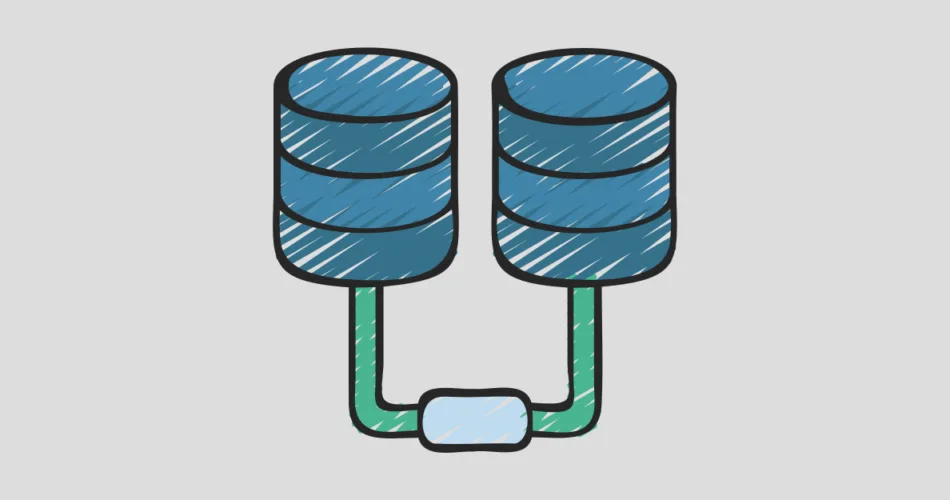Big data has revolutionized the way organizations handle and analyze vast amounts of data. To manage these massive datasets efficiently, distributed databases play a crucial role. In this guide, we’ll introduce big data and Distributed databases and explore how to handle massive data sets using Java.
Introduction to Big Data Databases
Big data databases are designed to store, process, and analyze extremely large datasets. To achieve scalability and fault tolerance, organizations typically distribute them across multiple servers or nodes. These databases are essential for applications that deal with real-time analytics, IoT data, social media data, and more.
Popular big data databases include:
- Hadoop Distributed File System (HDFS): HDFS is a distributed file system that stores and manages data across a cluster of machines. It is a fundamental component of the Hadoop ecosystem.
- Apache Cassandra: Cassandra, well-suited for handling large volumes of data across multiple nodes, is a highly scalable and fault-tolerant NoSQL database.
- Apache Kafka: Kafka is a distributed event streaming platform that can handle real-time data streams at scale, making it ideal for big data processing.
Handling Massive Data Sets with Java
Java is a versatile programming language with a rich ecosystem of libraries and tools for handling big data. Here’s how you can work with massive data sets using Java:
1. Using Apache Hadoop: Hadoop provides a Java-based framework for distributed storage and processing of large datasets. You can write MapReduce programs in Java to analyze data stored in HDFS.
public class WordCount {
public static void main(String[] args) throws Exception {
// Initialize Hadoop job configuration
Configuration conf = new Configuration();
Job job = Job.getInstance(conf, "word count");
// Set input and output paths
FileInputFormat.addInputPath(job, new Path(args[0]));
FileOutputFormat.setOutputPath(job, new Path(args[1]));
// Set Mapper and Reducer classes
job.setMapperClass(TokenizerMapper.class);
job.setReducerClass(IntSumReducer.class);
// Set output key and value classes
job.setOutputKeyClass(Text.class);
job.setOutputValueClass(IntWritable.class);
// Submit the job and wait for completion
System.exit(job.waitForCompletion(true) ? 0 : 1);
}
}
2. Using Apache Spark: Apache Spark is a powerful data processing framework that offers a Java API. You can write Spark applications to perform distributed data analysis and transformations.
SparkConf conf = new SparkConf().setAppName("WordCount");
JavaSparkContext sc = new JavaSparkContext(conf);
JavaRDD<String> lines = sc.textFile("input.txt");
JavaRDD<String> words = lines.flatMap(line -> Arrays.asList(line.split(" ")).iterator());
JavaPairRDD<String, Integer> wordCounts = words.mapToPair(word -> new Tuple2<>(word, 1)).reduceByKey(Integer::sum);
wordCounts.saveAsTextFile("output");
sc.stop();
Working with big data databases and Java allows you to harness the power of distributed computing for handling massive datasets. These technologies are essential in today’s data-driven world, enabling organizations to extract valuable insights from their data.
Subscribe to our email newsletter to get the latest posts delivered right to your email.


Comments